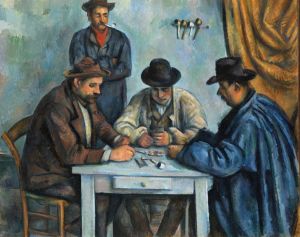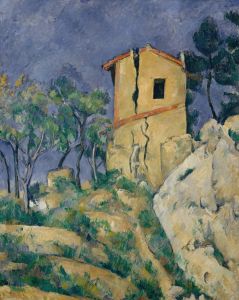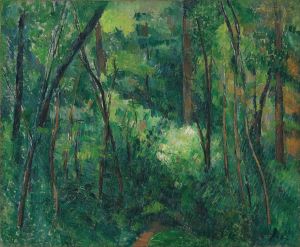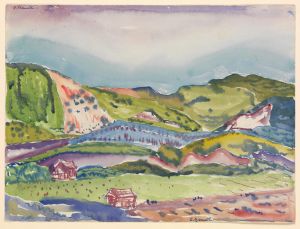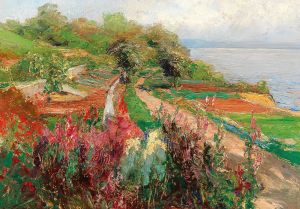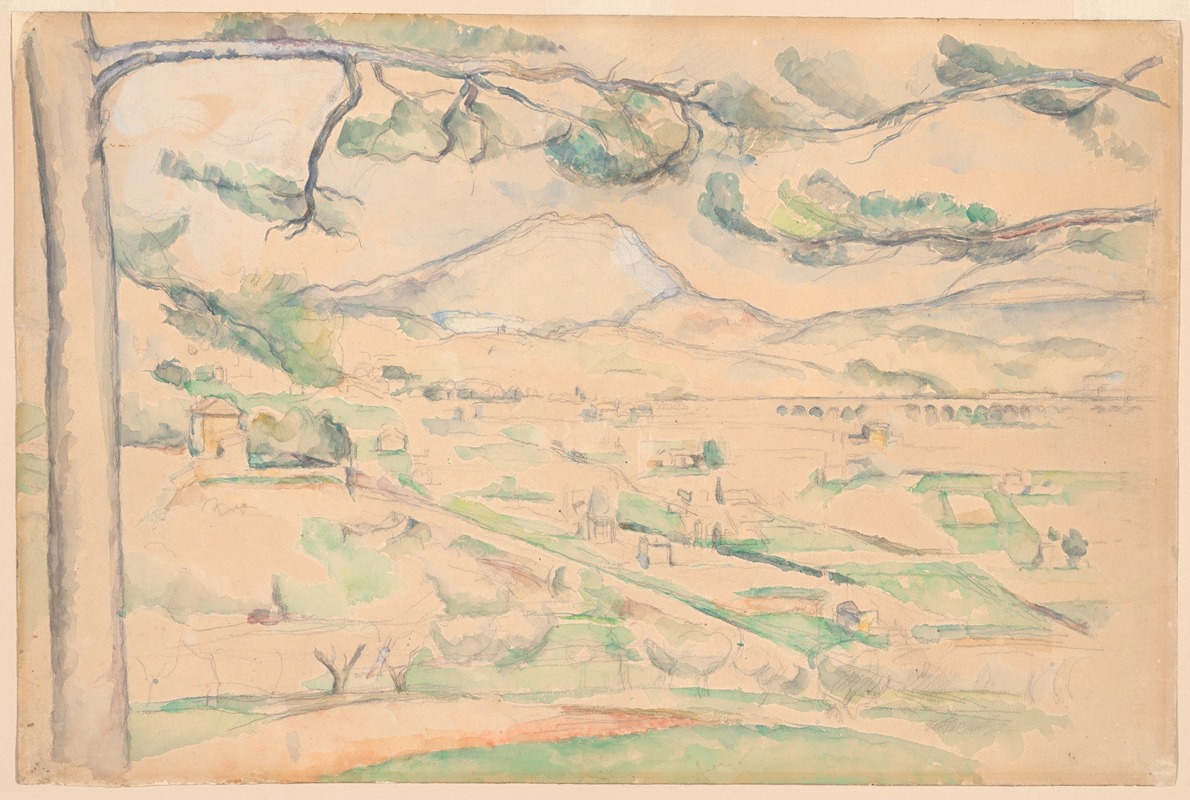
Montagne Saint-Victoire
A hand-painted replica of Paul Cézanne’s masterpiece Montagne Saint-Victoire, meticulously crafted by professional artists to capture the true essence of the original. Each piece is created with museum-quality canvas and rare mineral pigments, carefully painted by experienced artists with delicate brushstrokes and rich, layered colors to perfectly recreate the texture of the original artwork. Unlike machine-printed reproductions, this hand-painted version brings the painting to life, infused with the artist’s emotions and skill in every stroke. Whether for personal collection or home decoration, it instantly elevates the artistic atmosphere of any space.
Paul Cézanne's Montagne Sainte-Victoire is a series of oil paintings and watercolors created between the late 19th and early 20th centuries. These works depict the Montagne Sainte-Victoire, a limestone mountain in the Provence region of southern France, near Cézanne's hometown of Aix-en-Provence. The mountain held personal significance for the artist and became one of his most iconic subjects, reflecting his deep connection to the landscape and his innovative approach to painting.
Cézanne painted Montagne Sainte-Victoire numerous times, capturing the mountain from different angles, under varying light conditions, and in diverse seasons. These works are notable for their exploration of form, color, and spatial relationships, which marked a departure from traditional representational art. Cézanne's treatment of the mountain demonstrates his interest in breaking down natural forms into geometric shapes, such as cubes, cones, and spheres, a technique that would later influence the development of Cubism.
The series is often divided into two main periods: the earlier works, created in the 1880s and early 1890s, and the later works, produced in the final decade of Cézanne's life. The earlier paintings are characterized by a more naturalistic style, with softer brushstrokes and a focus on atmospheric effects. In contrast, the later works exhibit a more abstract and structured approach, with bold, simplified forms and a greater emphasis on the interplay of color and geometry.
One of the most famous paintings from this series is Montagne Sainte-Victoire Seen from the Bibémus Quarry (c. 1897-1900), which exemplifies Cézanne's mature style. In this work, the mountain is rendered with a patchwork of color planes, creating a sense of depth and solidity while maintaining a flat, two-dimensional quality. The painting reflects Cézanne's belief in the importance of capturing the underlying structure of nature, rather than merely imitating its surface appearance.
Cézanne's Montagne Sainte-Victoire series is widely regarded as a cornerstone of modern art. It represents a pivotal moment in the transition from 19th-century Impressionism to 20th-century abstraction. The works have been celebrated for their innovative use of color, perspective, and composition, which challenged conventional artistic norms and inspired generations of artists, including Pablo Picasso and Georges Braque.
Today, many of the paintings from the Montagne Sainte-Victoire series are housed in major museums around the world, including the Musée d'Orsay in Paris, the Metropolitan Museum of Art in New York, and the Hermitage Museum in Saint Petersburg. These works continue to be studied and admired for their profound impact on the history of art.








